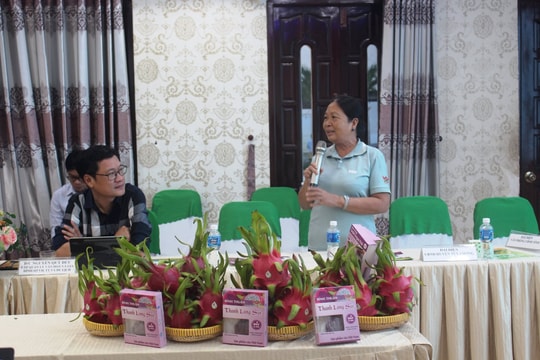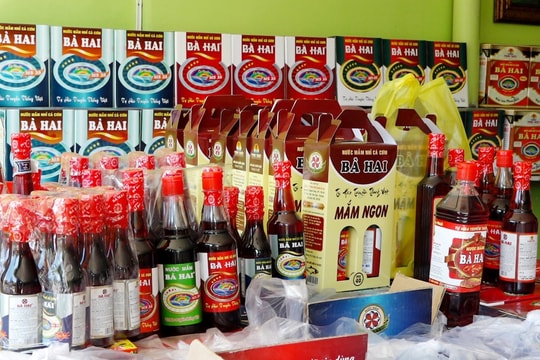The Italian Chamber of Commerce in Vietnam (ICHAM) and Associazione Italiana Commercio Estero (AICE) jointly held a workshop on July 25 to promote import-export activities between Vietnamese and Italian enterprises ahead of the landmark enforcement of the Vietnam-EU Free Trade Agreement (EVFTA).
 |
|
The EVFTA is expected to bring benefits to both Vietnamese and Italian enterprises |
"Trade between Vietnam and Italy hit over $4 billion in 2016. The countries have opportunities to further increase the figure, especially as the EVFTA is expected to take effect in early 2018," said Natalia Sanginiti, Vice Ambassador of the Italian Embassy in Hanoi. At present, many Vietnamese and Italian enterprises want to boost export-import activities to meet their demands.
According to David Doninotti, secretary general of AICE, with a population of 60.7 million people and GDP growth of $1.85 trillion in 2016, Italy is a potential export and import market for Vietnam. Italy was the world's ninth major exporter, with an export turnover of EUR417.1 billion ($486 billion) in 2016 and the world's 13th major importer with a value of EUR365.5 billion ($425.9 billion) last year.
Italy exports machinery, luxury goods, processed food, car engines, shoes and fashion items, while it imports industrial machinery, chemicals, oil, metals, agricultural products, and transportation vehicles. Currently, Vietnam is Italy's 15th largest importer and 19th among Italy's export markets.
After the 2008 world crisis, the Italian demand for goods has been showing signs of recovery. Thus, there are more opportunities for Vietnamese firms to export goods to the market. Vietnam is also an attractive market for Italian firms thanks to a growing population, growing technology demand from the industrial sector, steady economic growth, and the EVFTA, said Doninotti.
The EVFTA will bring benefits to the two countries' enterprises thanks to the removal of technical barriers to trade, customs and trade facilitation efforts, recognition of sanitary and phytosanitary measures for food, and rules of origin for products made in the EU or Vietnam, among others.
For example, almost all EU exports of machinery and appliances will be fully liberalised from duties, while around half of EU pharmaceutical exports will be duty free as soon as the FTA enters into force and the rest after seven years. Pham Hoang Hai, ICHAM executive director, said that machinery and pharmaceutical products will be among the major export items to Vietnam in the coming time.
As planned, ICHAM will organise a similar event in Ho Chi Minh City on July 27.
Source: VIR




















.jpg)




.jpeg)

.jpeg)


.jpeg)


